Laboratory Design Checklist for 2025
Lab design checklist: the essential considerations for setting up your new laboratory
Research conducted by Savills indicates a significant uptake in laboratory and office space in Cambridge, surpassing 192,000 sq ft in the first half of 2022. Notably, life science and tech entities comprised 76% of these transactions, suggesting a thriving sector poised for further expansion.
The increasing interest in life sciences emphasises the opportune moment for action. Whether initiating a move or refurbishment, now is the time to act. However, the complexity of relocating or setting up a laboratory extends beyond mere square footage. Fundamental infrastructure components such as backup generators and vacuum lines, alongside crucial Biosafety level (BSL) considerations, demand attention. Additionally, bespoke design elements like audio-visual systems for hybrid work setups and collaborative spaces add layers of intricacy.
In light of this, how do you build a laboratory environment that fulfils precise design criteria, ensures aesthetic appeal, and prioritises safety protocols?
Explore our checklist listed below or, alternatively, download our printable PDF for an all in one easy to read laboratory design checklist.
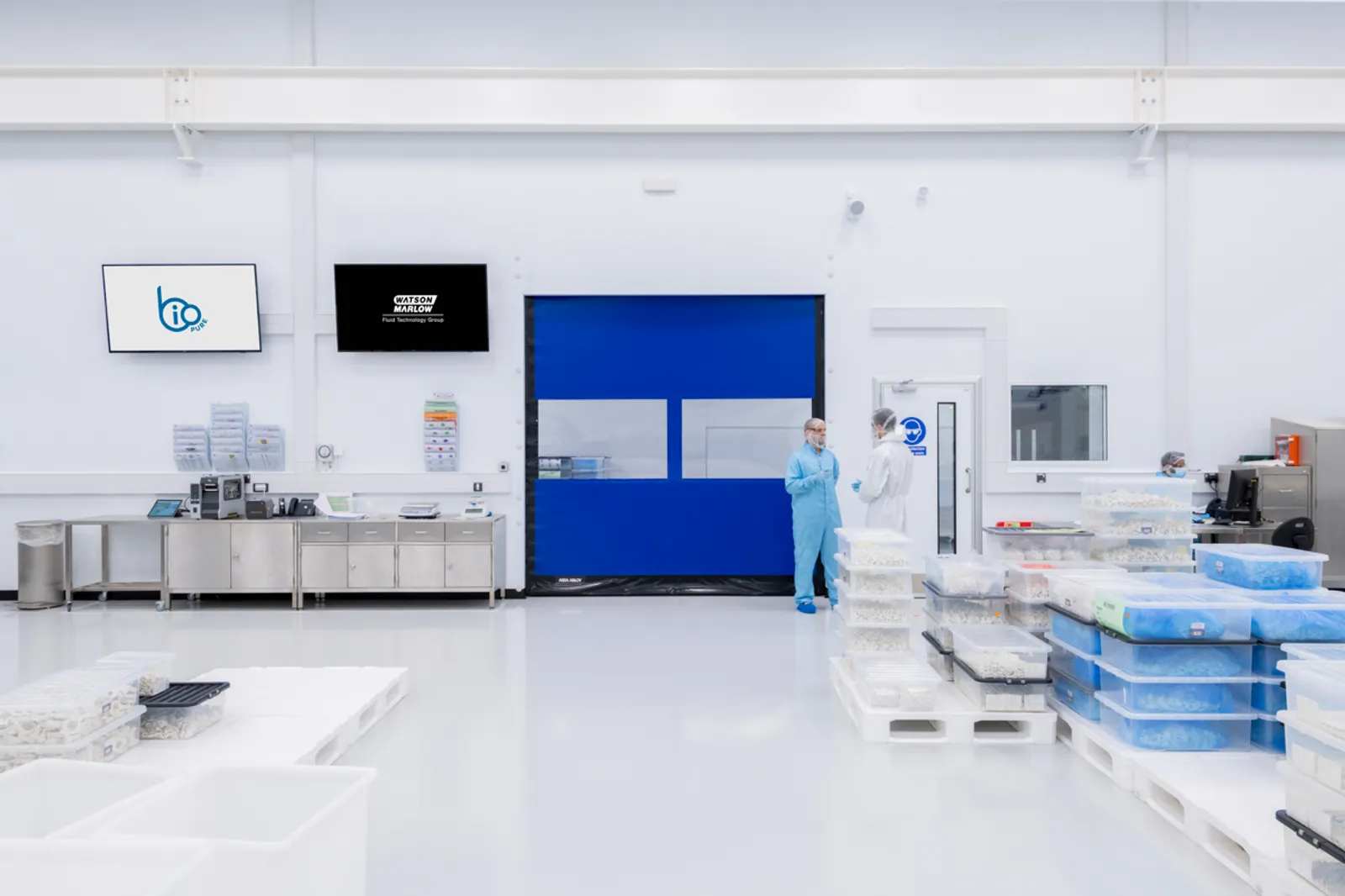
Checklist for laboratory relocation and fit outs
Laboratory designs vary significantly, adapting to specific scientific demands that continually evolve. Understanding your space requirements is essential, and you can gauge this by considering the following specifications.
At Area Laboratories, we categorise these specifications into 3 tiers: low, medium, and high lab specifications. Begin by identifying which category aligns with your needs before delving into the finer details.
Please note: The specifications provided below primarily focus on wet labs (utilising liquids, fluids, chemicals, etc). Nonetheless, elements of CL1 are applicable to dry labs (electronics labs) as well.
Interested in learning more? Download our additional FREE guide ‘Designing laboratory and controlled environments fit for tomorrow’.
Laboratory Design Checklist by Lab Specification Type
Low Specification Lab Checklist
Low-spec labs are classified as Containment Level 1 (CL 1), which primarily encompasses environments conducive to low-risk activities.
This typically involves handling Group 1 biological agents, Biosafety Level (BSL) 1 genetically modified microorganisms, and genetically modified animals or plants.
This specification entails the following features:
Biosafety Hazard 1 – microorganisms that are considered to be BSL-1 are not known to cause disease in healthy adults and therefore present minimal health or safety risks
Cellularised lab areas
Modifications to standard air conditioning and ventilation system
Additional lighting
Medium specification flooring
Multiple power and data points
Specialist equipment PPE requirements (own clothes, no need to wear PPE)
Disinfection – never a need to decontaminate an entire space
Cross-contamination control (low risk)
Handling systems – standard specification
Drainage – standard building drainage systems
The complexity of lab equipment – bench-top equipment
Lighting control – standard lighting
Airflow – normal base-build systems
Lab gases – N/A
Accreditations – N/A
Operating/emergency procedures – standard life support, e.g. fire alarms
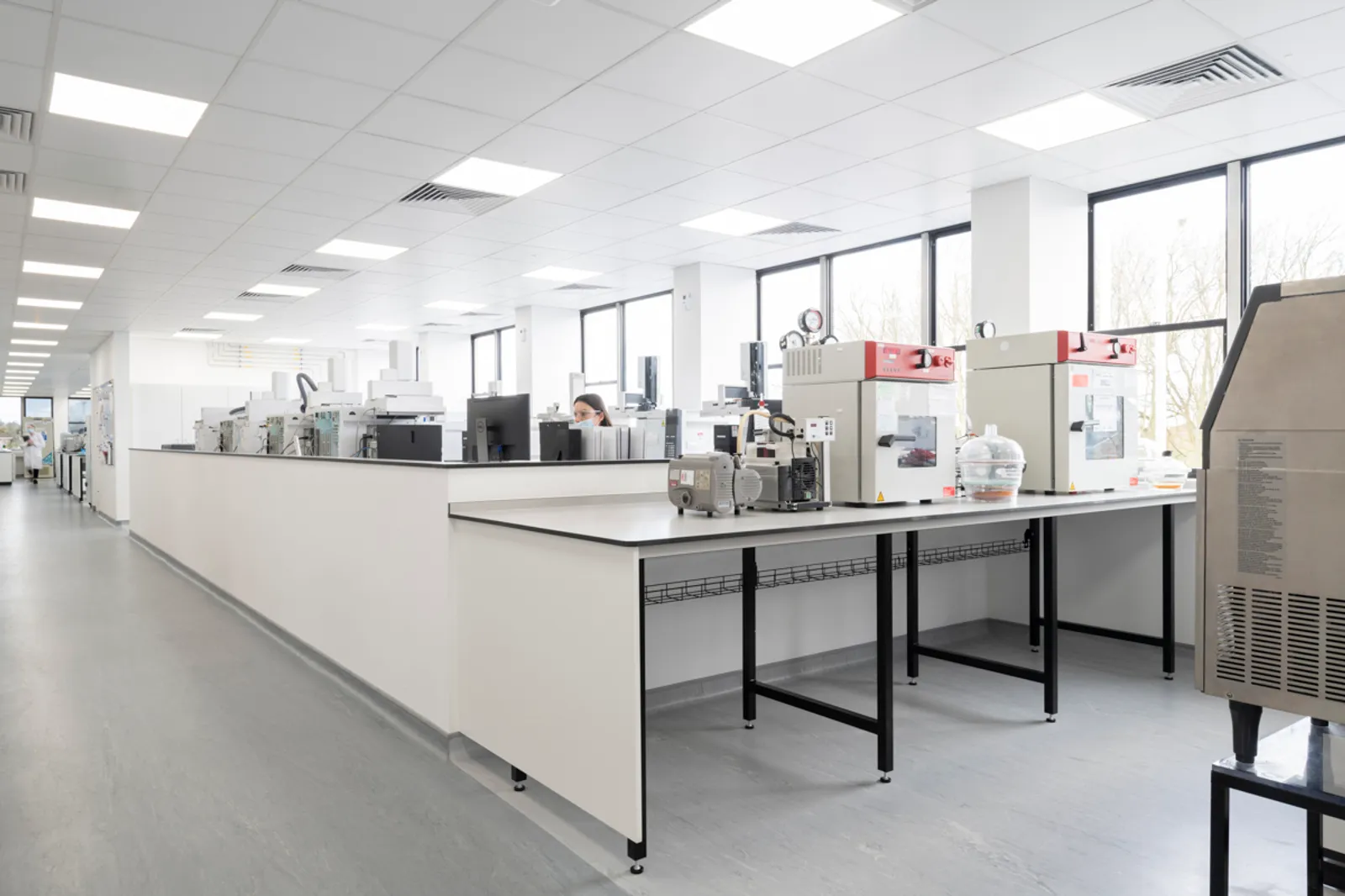
Medium Specification Lab
This specification encompasses Containment Level 2 (CL 2), corresponding to medium-risk activities.
This may entail handling Group 2 biological agents, Biosafety Level (BSL) 2 genetically modified microorganisms, and genetically modified animals or plants.
This specification entails the following features:
Biosafety Hazard 2 – microorganisms that are considered to be BSL-2 pose a moderate risk. Examples of BSL-2 microbes are HIV and hepatitis B
Cellularised lab areas
Slab to slab walls
Separate ventilation system
Air pressure cascade
Additional specialist lighting
Hard cleanable flooring resistant to chemicals
Multiple power types, connections and data requirements
Secure access and egress
Specialist equipment and finishes
PPE – cover-up outerwear and using low-level personal protection
Disinfection – wash-down
Handling systems – dedicated extract
Drainage – bespoke drain connecting to building drainage
Basic humidity control
The complexity of lab equipment – free-standing equipment which still fits within normal office space
Clean rooms – class 1 clean rooms, possible dirty room user (HEPA filtration)
Lighting – controllable light spectrum
Airflow – turbulent or not all laminar airflow
Lab gases – bottled
Accreditations – self-assessment
Operating/emergency procedures – sprinkler systems, drench showers, powder showers, air curtains, etc.
Shared Autoclaves
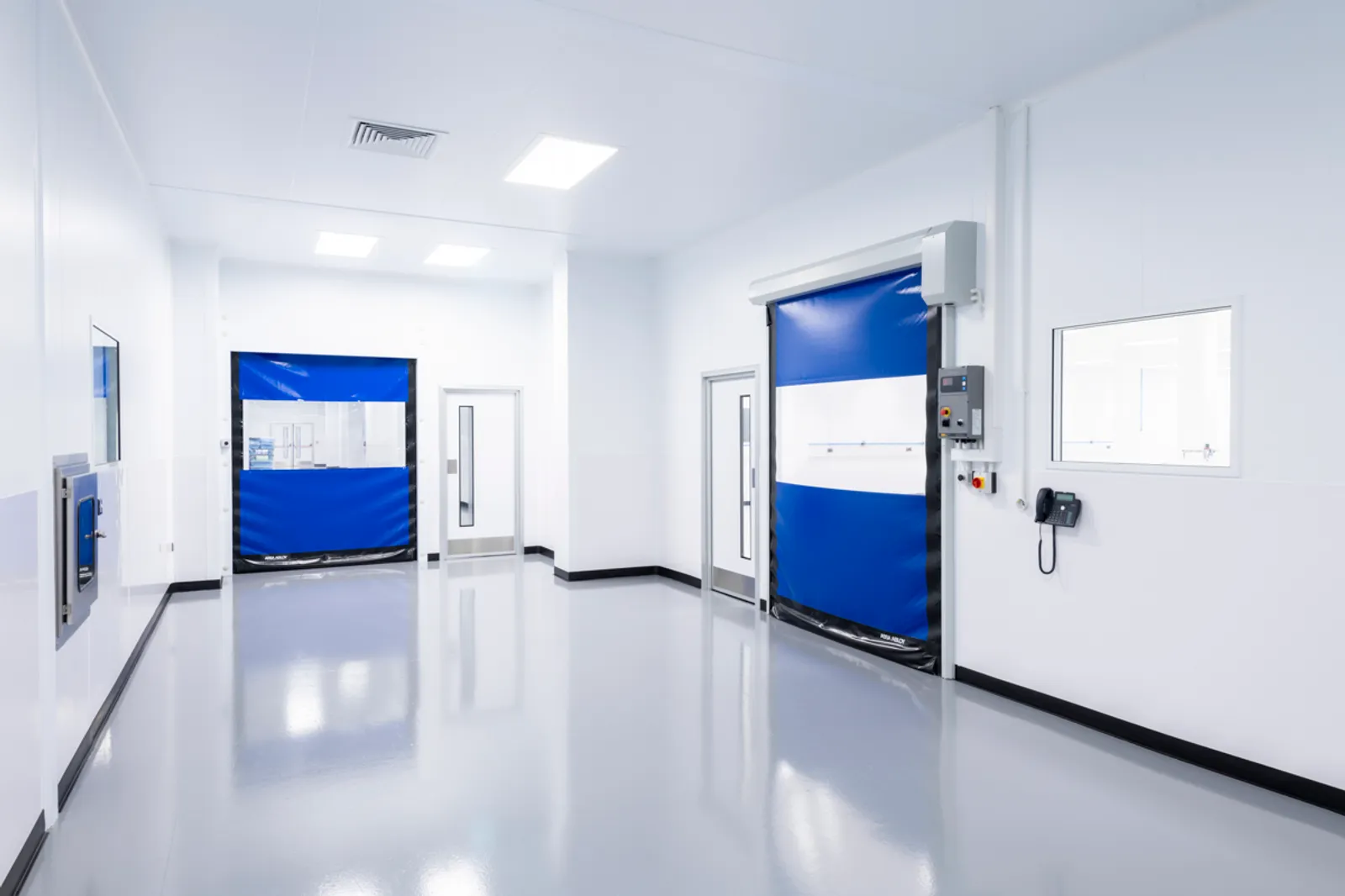
High Specification Lab Checklist
Our most advanced laboratory design specification is Containment Level 3 (CL 3), tailored for high-risk activities.
This facility is intended for work involving Group 3 biological agents, Biosafety Level (BSL) 3 genetically modified microorganisms, and genetically modified animals or plants.
This specification encompasses the following features:
Biosafety Hazard 3 - microorganisms that are considered to be BSL-3 can cause serious or potentially lethal diseases through respiratory transmission. An example of a BSL-3 microbe is Mycobacterium tuberculosis (the bacteria that causes tuberculosis)
Slab to slab walls
Hermetically sealed lab areas with cleaning agents such as Hydrogen Peroxide Vapour (HPV)
Airlock entry (risk assessed)
Separate ventilation system with HEPA/ UV filtration
Additional lighting
Seamless, disinfectant resistant, hard flooring
Multiple power and data points
Secure access and egress – touch-free (retinal scanning, facial recognition or motion control)
Specialist equipment and finishes
PPE – changing facilities, disposable lab clothing, ventilators, Tyvek suits
Biosafety hazard – controlled substances, DNA/genome level molecules, bio weaponry, disease management
Disinfection – complete room or lab with base-build services
Cross-contamination – manufacturing process rather than R&D
Handling systems – internal transportation methods (driving air from one area to another)
Drainage – site-wide dedicated drainage system
Humidity control – sealed rooms for the lowest humidity
Complexity – large, dedicated equipment with size and weight requirements
Clean rooms – classes 2, 3 & 5, complex molecular filtering requirements
Lighting – UV light systems, dark rooms
Airflow – bespoke pressurised air environments
Lab gases – direct serve (piped-in system)
Accreditations – ISO level, for example, 17025, 15189, 17025
Operating/emergency procedures – gas suppression and outbreak control
Dedicated Autoclaves
Decontamination shower
Inactivation of GMMs in effluent from hand washing sinks and showers and similar effluents
High IP-rated sockets and conduits
Observation windows
None of the 3 specifications recommended by Area include Biosafety Hazard 4 (BSL-4). This is due to the significant risk of aerosol-transmitted infections posed by microorganisms categorised as BSL-4, which often lead to fatal outcomes.
Examples of such BSL-4 microbes include Marburg viruses and Ebola. Consequently, these high-end laboratory facilities are rare and require specialised suppliers for design and construction.
Once you have determined the appropriate specification for your needs, the next step is finding a suitable building. This involves ensuring that your lease permits major modifications and assessing the environmental impact on the surrounding area, among other considerations. Rest assured, we possess expertise in navigating this process.
In the interim, continue following our comprehensive lab design checklist for relocation and fit outs. This resource is invaluable for consulting your in-house experts and evaluating your potential locations.
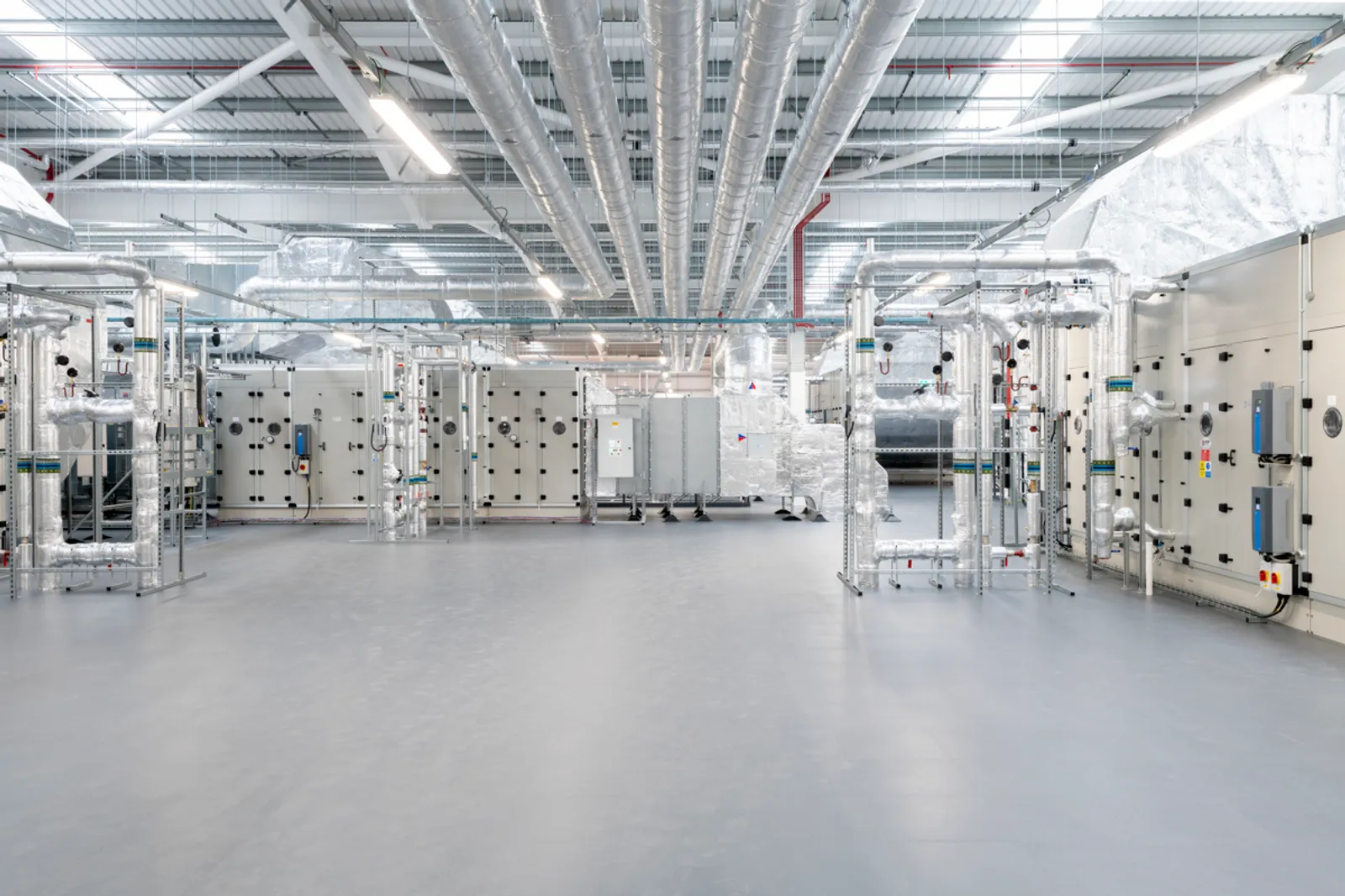
Considerations for Designing a Laboratory in an Existing Building
When designing a lab within an existing building, there are several critical factors to assess that differ from a purpose-built facility.
These include infrastructure capacity, spatial constraints, compliance with safety and regulatory standards, and the limitations of shared services in multi-tenanted buildings.
The following checklist outlines the key considerations to ensure the building can effectively support laboratory operations.
1. Power and Electrical Infrastructure
Is the primary electrical supply adequately sized for laboratory equipment usage?
Is there a sufficiently sized backup generator to meet requirements?
If no generator exists, is there available space to install a new one if needed?
Do other tenants in the building have service preferences, such as an uneven distribution of electrical supply?
2. Water, Drainage, and Waste Systems
Is the water supply of suitable size and quality for laboratory operations?
Can the building's drainage system accommodate the waste removal needs of the laboratory?
Is there sufficient and appropriate space available for storing hazardous waste?
3. Fire Safety and Regulatory Compliance
Is the building equipped with sprinklers, and if so, how does this affect laboratory processes?
Does the existing fire strategy of the building allow for laboratory usage?
4. Building Fabric and Structural Capacity
Is there adequate floor-to-ceiling height to accommodate equipment and services?
Are the existing windows airtight and capable of maintaining a pressure cascade regime?
Can the floors/slabs support the weight of large scientific equipment?
Is the roof in good enough condition to allow for the installation of exhaust vents?
Is the building adequately insulated for laboratory and office use?
5. MEP Systems and Integration
Are there designated spaces in the risers for fume hood ducting or other extraction systems, or space available for new internal/external risers?
Is there space on the roof or in the plant compound for new equipment?
Is there enough space in the base to install HVAC systems to support laboratory operations?
Does the building already have a medical gas supply and storage, or provisions for them?
6. Access, Loading, and Vertical Transport
Does the building have a suitable loading bay for deliveries and waste removal?
Is there sufficient access to the loading bay to support laboratory processes? (Note: Multi-tenanted buildings may restrict loading bay usage, affecting efficiency.)
Does the building have a goods lift accessible to laboratory floors, with adequate space/height for equipment movement?
7. Technology and Communications
Is the incoming telecoms/fibre internet capacity adequate?
Will a wayleave be necessary to install new services?
8. Tenant Considerations and Building Operations
Are there existing laboratory tenants in the building, and if not, do other tenants have veto rights regarding their potential neighbours?
Are there any utilities nearby that may cause equipment instability? (e.g., tube lines, construction sites)
Do the existing security systems of the building need to be aligned?
Are the retained existing finishes compatible with the required cleaning regimen?
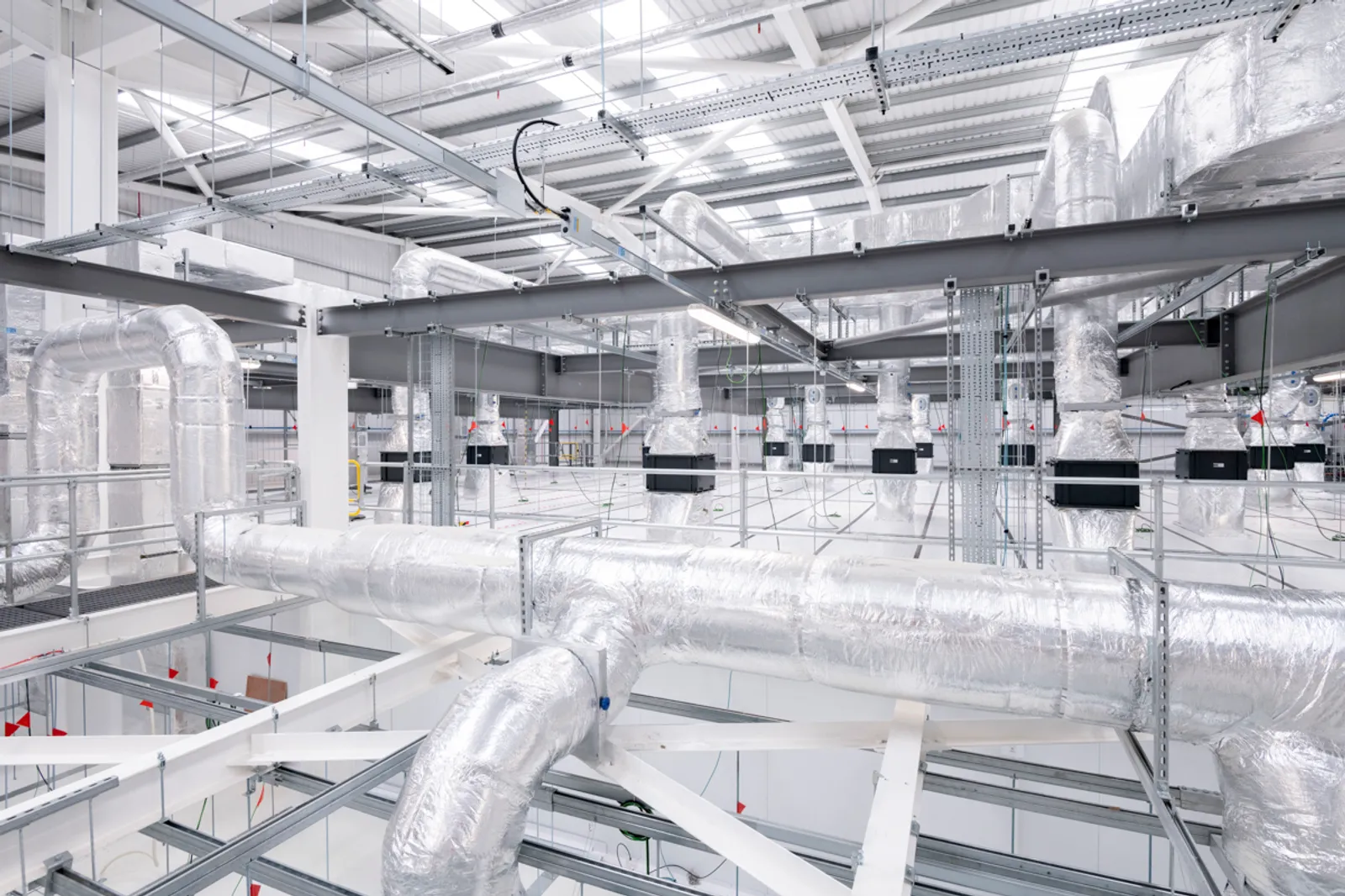
Elements of laboratory design
Designing a high-end laboratory demands careful coordination of every detail to support advanced research.From spatial layout and containment level to utilities, finishes, equipment, and compliance, each element must be aligned with operational needs and regulatory standards.
The following checklist covers the key design components that should be considered to create a functional, safe, and future-ready lab environment.
1. Space Planning
Determine lab dimensions in square metres
Specify location within the building – floor, wing, sector, room numbering, etc.
Determine occupancy numbers – number of operatives
Define cleanliness level – Containment Level 1–4 / ISO 14644 / Cleanroom A–D grading
2. Internal Fabric and Finishes
Choose partition type – plasterboard, glazed/part glazed, aluminium, steel, blockwork, bespoke modular
Decide wall finish type – plasterboard, Whiterock, laminate, polyurethane, acoustic performance, sterishield paint, blinds, manifestation, pass-through hatch
Choose floor finish – solid, screed, resin, vinyl tile, vinyl sheet, ceramic tile
Decide ceiling finish – height, exposed, soffit height, grid, solid MF, vinyl-faced, metal plank, lay-in, clip-in, acoustic baffles, fire barriers
Choose skirting – coved, moulded, painted timber, bump rails
Decide on doors – size, finish, vision panel, red glass, lock, signage, closers, air tightness, fire performance
3. Laboratory Fit-Out
Decide lab benching – leg construction, Trespa top, under-bench storage, above-bench shelving, integrated lighting, anti-vibration, downflow
Choose lab furniture – technicians' chairs, stools, waste containers, storage, shelving
Specify lab equipment – dimensions, weight, power/data needs, connections, installation logistics, calibration process
4. Services and Utilities
Define water requirements – RO, de-ionised, distilled, domestic, lab grade, hot & cold, waste, sinks, spill process, drainage, break tanks
Specify power requirements – 240V DC, 110V DC, 3 phase, socket types, IP rating, dado trunking, ceiling-mounted, floorbox, clean earth, filtered, anti-static
Define data requirements – RJ45 points, Cat 5/6/6a cabling, phone points
Define mechanical requirements – pressure cascade, humidity, air cleanliness/quality, airlocks, seasonal temp control, ventilation, cooling, extract, fresh air, fume hoods, drainage, noise, heat loads
Specify gases – nitrogen, CO2, oxygen, compressed air, vacuum, Argon, medical air, natural gas, liquid nitrogen; bottle or piped supply, pipework materials, fitting type, manifolds, alarms/sensors, equipment interfaces, monitoring, HPV fumigation
5. Technical Systems
Define AV requirements – AV screens, cameras, whiteboards, projectors
Specify lighting – lamp type, control method (manual, PIR, dimmable, daylight-linked, photocell), red light, light boxes, lux levels, uniformity, daylight quality (4000K)
Define life support systems – fire/smoke/heat detection, xenon beacons, oxygen depletion, gas sensors, purge ventilation, gas suppression, sprinklers, kill switches, isolators
Define security requirements – CCTV, access control, intruder alarm, mag locks, panic alarms, window breaks, public address
6. Operational Support
Define PPE process – gowning area, wash hand basins, full PPE changing, storage, lockers, stepovers, showers, PPE disposal
Define welfare facilities – WCs, showers, tea points, dishwashers, staff fridges, microwaves
Define cleaning regime – cleaner sinks, washing machine
7. Accessibility
Specify DDA requirements – hearing loops, access, accessible WCs
In Summary
Certainly, relocating and fitting out a new laboratory entails numerous considerations. Rest assured, we have extensive experience assisting a number of clients in designing clinical and controlled environments that are resilient and adaptable for the long term.
From consolidating user requirements to overseeing commissioning and implementation, we possess comprehensive knowledge of laboratory design and construction intricacies.
Seeking preliminary guidance? Reach out to us today.